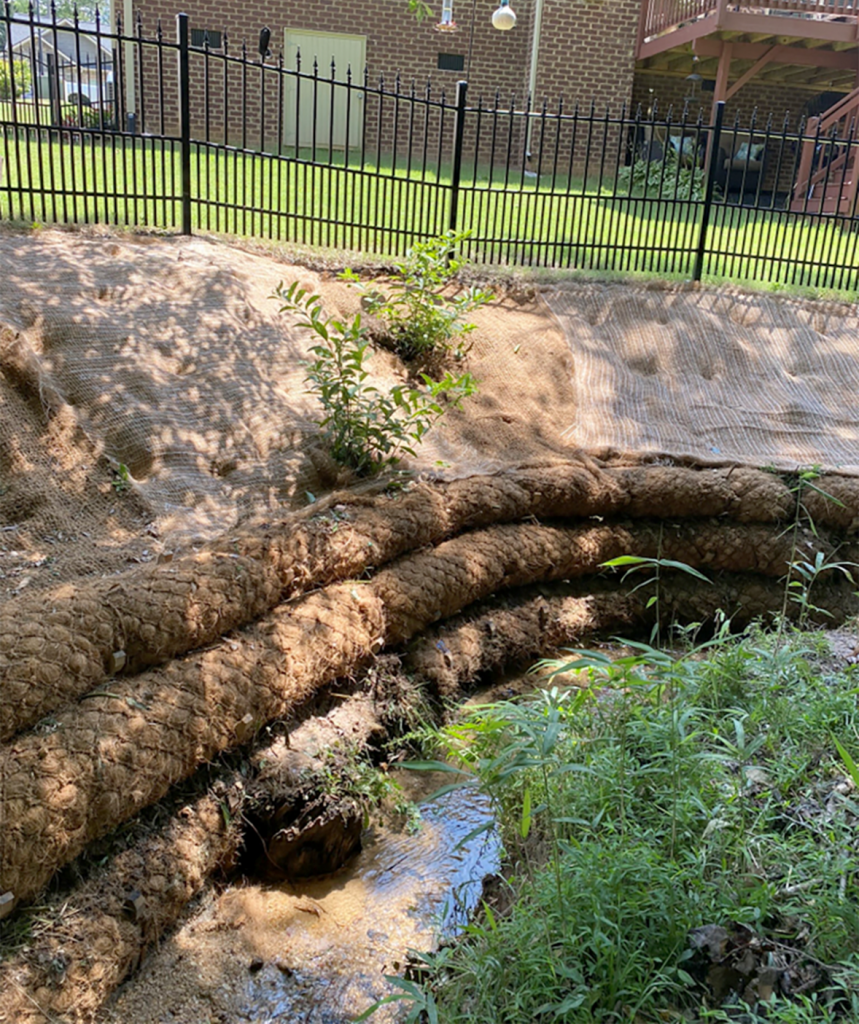
Beach erosion is a pressing issue for coastal communities, leading to loss of valuable land and damage to ecosystems. One of the most effective solutions for shoreline protection is the use of BioD-Roll densely packed coir logs, which offer a natural, sustainable approach to stabilizing beaches and protecting them from erosion. Here’s how to implement these coir logs for a more resilient beachfront.
Step 1: Assess the Site
Before beginning any beach restoration, it’s crucial to assess the existing condition of the coastline. Evaluate the level of erosion, soil composition, and water flow. If additional support is required for the Beach restoration products, you can also consider Coir sediment control wattles or Coir erosion control blankets to further reinforce the area.
Step 2: Prepare the Beach Area
Start by clearing any debris or loose material from the beach that could interfere with the installation of BioD-Roll densely packed coir logs. For areas with severe erosion or excessive sediment loss, use soil erosion control products such as BioD-Block fabric attached coir block systems to help stabilize the soil before installing the coir logs.
Step 3: Position the Coir Logs
Position the BioD-Roll densely packed coir logs along the eroded beach area, ensuring that they are aligned with the natural flow of water. These coir logs help trap sediment, slow water movement, and stabilize the shoreline. Place the logs in a staggered, overlapping pattern to create a more secure barrier. For additional protection, use shoreline restoration products like BioD-Mat woven bristle coir blankets.

Step 4: Secure the Coir Logs
Secure the BioD-Roll densely packed coir logs using stakes, pins, or other anchoring tools to prevent them from being washed away by waves or storms. Ensure that the logs are anchored deeply into the sand for maximum stability. In areas where erosion is particularly aggressive, you may need to install multiple rows of coir logs or combine them with other beach restoration products.
Step 5: Promote Vegetation Growth
Once the BioD-Roll densely packed coir logs are securely in place, the next step is to promote the growth of natural vegetation. Plant native beach grasses or shrubs along the logs to encourage root growth, which will provide additional soil stabilization. Consider using BioD-Pillow coir revegetation pillows to facilitate planting and accelerate the revegetation process.
Step 6: Ongoing Maintenance
After installation, monitor the beach regularly to ensure that the coir logs remain in place and that the vegetation is growing as expected. If necessary, add more BioD-Weedmat natural weed control mats to prevent invasive species from taking over and disturbing the restoration effort. With proper maintenance, the beach will gradually become more resistant to erosion.
Conclusion
By utilizing BioD-Roll densely packed coir logs, you can restore eroded beaches and protect coastal ecosystems effectively. These natural, sustainable products help stabilize the soil, reduce erosion, and promote healthy vegetation growth. When combined with other shoreline restoration products, you can create a more resilient and sustainable beachfront.
RoLanka: Your Partner in Beach Restoration
RoLanka offers high-quality beach restoration products, including BioD-Roll densely packed coir logs and other essential soil bioengineering products. Their innovative solutions support coastal projects, ensuring long-term protection against erosion. To learn more about RoLanka’s tailored beach restoration solutions, reach out today.
